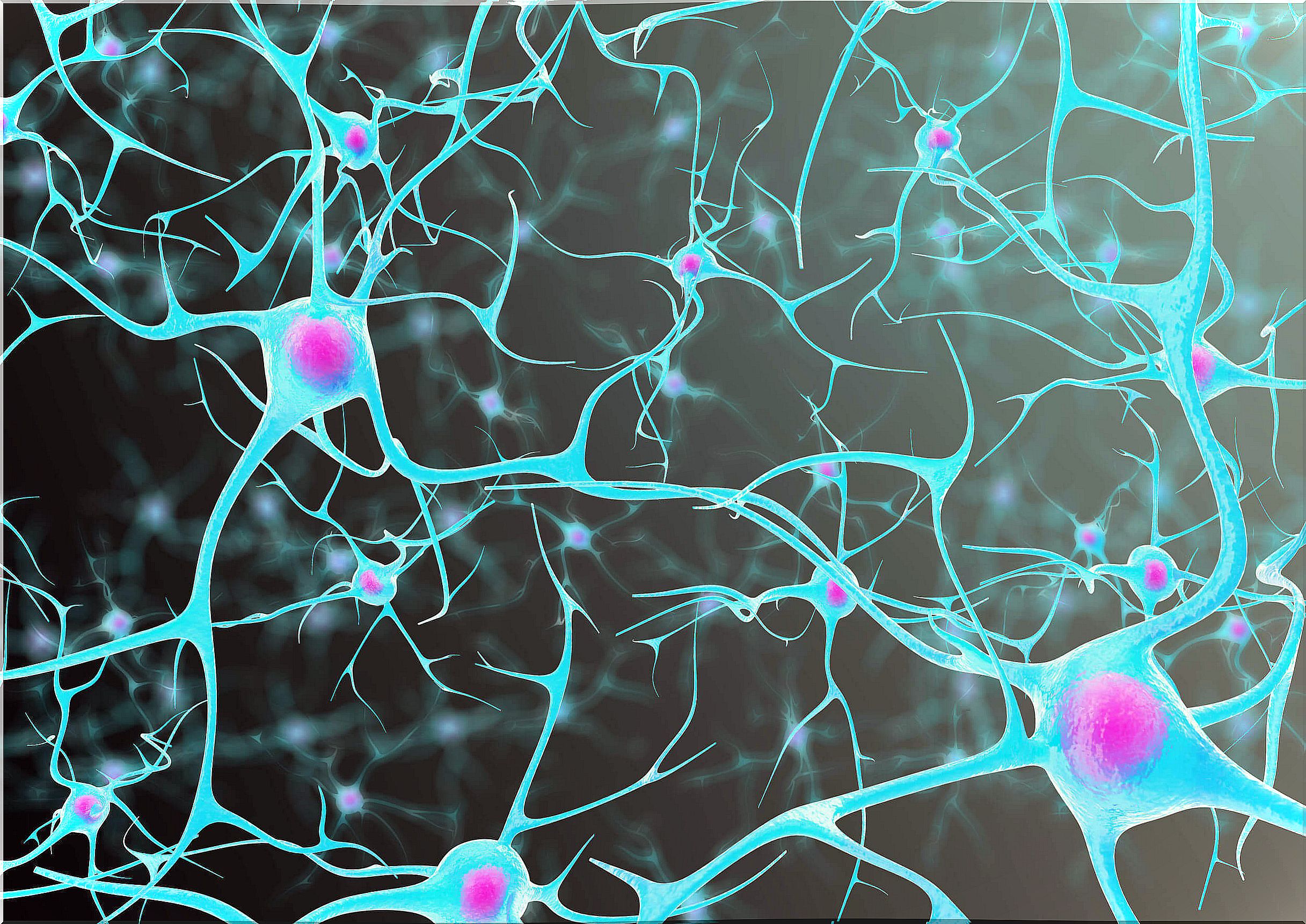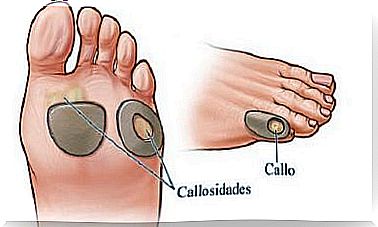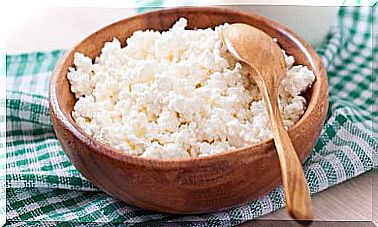Acetylcholine
Acetylcholine was the first neurotransmitter described, both in the central nervous system and in the peripheral nervous system. In addition, it participates in different actions such as circadian rhythm, memory and cortical activation.
Its synthesis occurs from the union of the choline plus acetyl CoA. The enzyme choline acetyltransferase participates in this union . It acts under mechanisms that regulate both synthesis and release. Therefore, it regulates that the exact amount is given at specific times.
With its discovery it was also possible to define that its functions work from two types of receptors: ionotropic or nicotinic and metabotropic or muscarinic, each of them coupled to G proteins. Do you want to know more about it? Keep reading and don’t miss a thing!
How are acetylcholine receptors described?

Muscarinic receptors
The main muscarinic receptors are M1, M2 and M3. Its activation is associated with Gs proteins, followed by the production of cAMP as a second messenger. Unlike these, the M2 and M4 receptors inhibit the participation of cAMP.
However, they manage to activate potassium channels. Therefore, they reduce the influx of calcium ions through voltage-gated channels.
Nicotinic receptors
Not all nicotinic receptors are the same. There are those found at the neuromuscular junction, the so-called N1 receptors. And there are the N2 receptors, which are found in sympathetic ganglia stimulated by phenylpiperazine and directly blocked by bi-quaternary agents. These are resistant to a-toxins from snakes.
What functions is acetylcholine involved in?
1. Memory dysfunction

Acetylcholine is related to memory dysfunction due to the passage of age, being associated with significant cognitive deterioration, thus explaining the process of the appearance of Alzheimer’s disease.
Memory-compromising pathologies are represented as cholinergic dysfunction or blockage that people experience over time. This is how studies with cholinergic drugs have been described, which act to improve memory performance, even in advanced ages.
2. Muscle relaxation
Acetylcholine injection causes a decrease in the resting potential in the intestinal muscle, accompanied by great tension.
In relation to the cardiac muscle, it generates a decrease in the depolarization speed in the muscle fiber. It counteracts the inhibitory action of the hormone dopamine under the excitatory effect that is generated at the level of the basal ganglia.
All its effects, plus the relaxing factor that it possesses and that derives from the endothelium, are diffused in the smooth muscle. Therefore, it causes complete relaxation.
3. Neuroendocrine function
Acetylcholine increases the secretion of vasopressin from the stimulation generated in the pituitary. At the same time, it reduces the secretion of prolactin in counterproduction of the former, and favors special situations such as the completion of lactation or hyperprolactinemic tumors.
4. Digestive process
Acetylcholine plays an important role in food intake and subsequent digestion. Likewise, it takes place in anabolic processes and physical rest.
It is responsible for increasing the blood flow of the intestinal tract for a more effective digestive process, avoiding dyspepsia. By increasing muscle tone, endocrine secretions dependent on the gastrointestinal system promote food processing and thereby generate effective digestion.
5. Sensory perceptions
Both neurons and cholinergic receptors are closely related to the ascending reticular activator system , which innervates large areas of the cerebral cortex.
Acetylcholine, apart from maintaining consciousness, is involved in the transmission of image information from the retina. Also, in the perception of pain through the C fibers that spread it in any part of the body.
Now that we have reviewed the physiological processes in which acetylcholine mediates, you will understand that it is important that it is present in the right amount for the proper functioning of the body.
Also, you may share the following idea: the human body, and its various anatomical and physiological aspects, are amazing.









